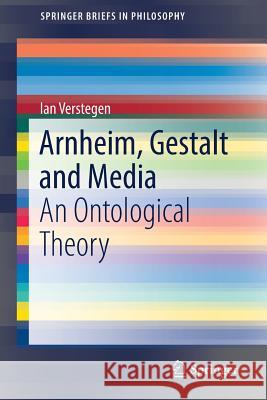Arnheim, Gestalt and Media: An Ontological Theory » książka
topmenu
Arnheim, Gestalt and Media: An Ontological Theory
ISBN-13: 9783030029692 / Angielski / Miękka / 2019 / 136 str.
Kategorie BISAC:
Wydawca:
Springer
Seria wydawnicza:
Język:
Angielski
ISBN-13:
9783030029692
Rok wydania:
2019
Wydanie:
2018
Ilość stron:
136
Waga:
0.22 kg
Wymiary:
23.39 x 15.6 x 0.81
Oprawa:
Miękka
Wolumenów:
01
Dodatkowe informacje:
Wydanie ilustrowane











